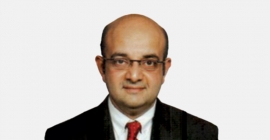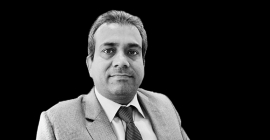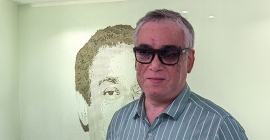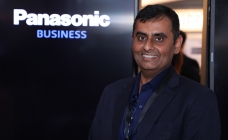‘OOH is a very important touchpoint through which we can reach our consumers’
By N Jayalakshmi - April 06, 2022
In an exclusive interaction with Media4Growth/Outdoor Asia, Anil Viswanathan, Vice President - Marketing, Mondelez India, a leader in the snacking category, talks about the role of OOH in taking the brand narrative forward, about why the medium must be re-imagined so as to be part of an integrated marketing plan, and more. Presented below are excerpts from the conversation.
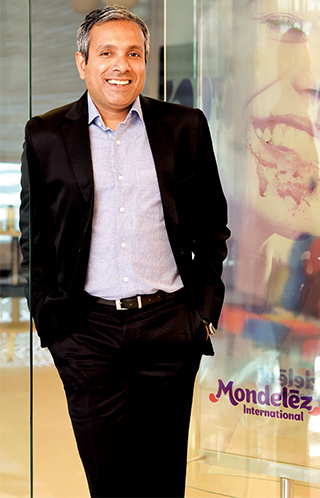 Could you start by telling us how OOH as a marketing medium fits in the overall scheme of things for Mondelez?
Could you start by telling us how OOH as a marketing medium fits in the overall scheme of things for Mondelez?
The vision of Mondelez is to lead the future of snacking and offer an array of choices to the consumer for consumption right through the day. We have a strong market position and a bouquet of legacy brands in all the large and emerging growth markets. The contribution of our business outside of the US is, in fact, 55%. In India, of course, a large part of the Mondelez business is Cadbury and the chocolate portfolio. We have a strong marketing and activation strategy. Our focus essentially is on strong ideas through which we can build engagement with the consumer across touch-points. So instead of looking at a medium and asking what we can do with that medium, we start with the idea, take the consumer into account and then integrate the idea with it.
Now coming to OOH, I think it’s a very important touch-point through which we can reach our consumers. We use outdoor in the context of bringing a brand idea alive, and it’s an important part of the integrated media campaign.
Speaking of an integrated media plan, how do you think OOH can compete in a meaningful manner, in a way that it complements the other new mediums like social media and digital, but can also help it retain its own unique position?
We tend to avoid looking at one medium as being more important than the other and instead look at the overall brand objective. An idea can be expressed in multiple ways and sometimes it can be expressed in a way which is more relevant to a particular type of media.
But one of the big changes in the post digital environment is that the digital medium allows for a two-way conversation between brands and consumers; it also enables personalisation and feedback. In the past, OOH was used as a static medium, but the need now is to look at making it an interactive medium through which the consumer can have a conversation.
Any wishlist you have as a brand, a list of expectations from the entire OOH ecosystem?
The first is measurement. Although measurement has improved over the years because of the availability of data, it can still be standardised and institutionalised and made more consistent. This will help the industry, in terms of giving the medium a much more solid ground rather than it depending on individual choices. The second is, of course, interactivity and personalisation, as already mentioned. The third is the cost factor. We need to look at how we can make the medium much more cost efficient. Finally, is the question of innovation. We had a good cycle of innovation, but now the industry and the ecosystem need to do a little bit of reflection and ask if the level of innovation has gone down and whether the medium has tried to keep pace with the changing times.
Read the complete interview in the April ’22 edition of Outdoor Asia magazine

Stay on top of OOH media trends

